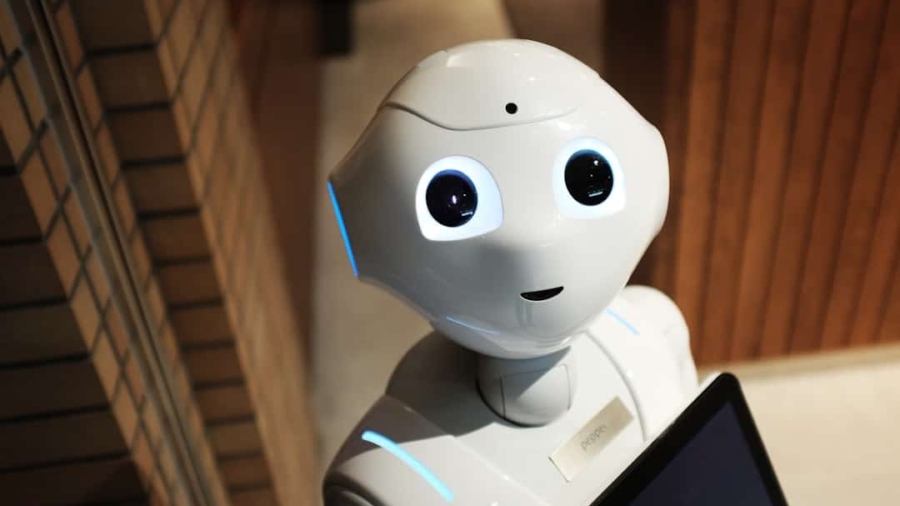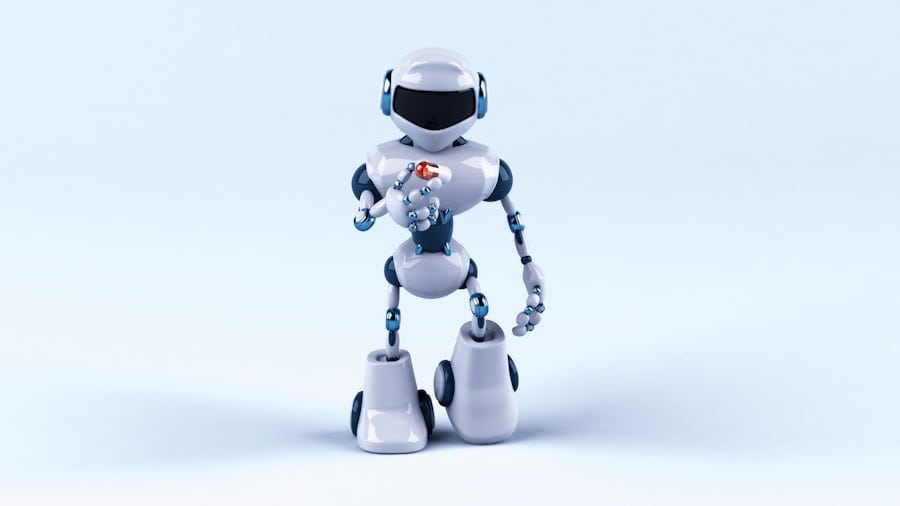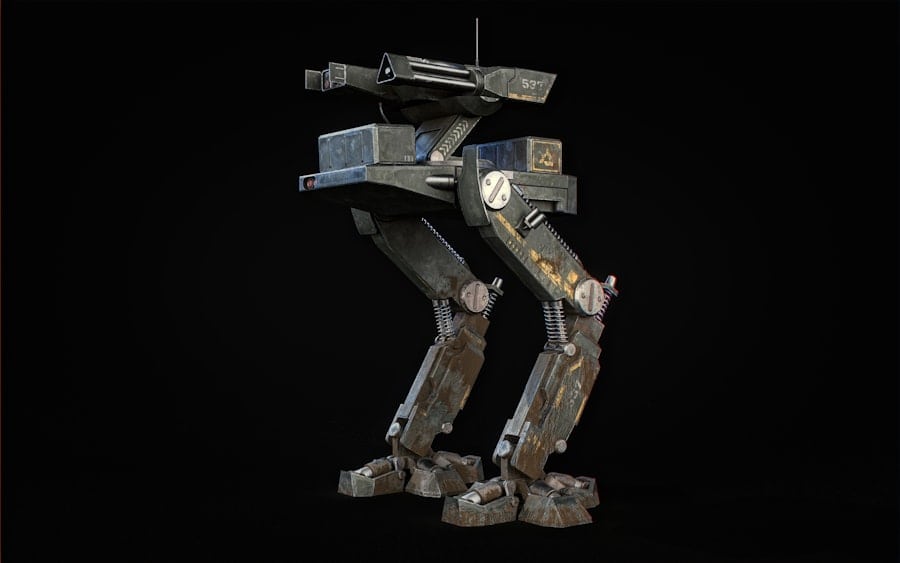Digital twins represent a revolutionary concept in the realm of technology, particularly in the fields of engineering, manufacturing, and robotics. At its core, a digital twin is a virtual representation of a physical object or system, created using real-time data and advanced modeling techniques. This digital counterpart mirrors the characteristics, behaviors, and performance of its physical twin, allowing for enhanced analysis, monitoring, and optimization.
The concept originated in the manufacturing sector but has since expanded into various industries, including healthcare, urban planning, and transportation. The creation of a digital twin involves integrating various technologies such as the Internet of Things (IoT), artificial intelligence (AI), and big data analytics. Sensors embedded in physical objects collect data on their performance and environment, which is then transmitted to the digital twin.
This continuous flow of information enables real-time updates and simulations, providing insights that can lead to improved decision-making and operational efficiency. For instance, in manufacturing, a digital twin can help predict equipment failures before they occur, allowing for proactive maintenance and minimizing downtime.
Key Takeaways
- Digital twins are virtual representations of physical objects or systems that can be used for monitoring, analyzing, and predicting their behavior.
- Robotic simulations are crucial for testing and validating robotic systems in a virtual environment before deployment in the real world.
- Digital twins play a key role in robotic simulations by providing a virtual representation of the robotic system and its environment, allowing for testing and optimization.
- Using digital twins in robotic simulations offers advantages such as cost savings, risk reduction, and the ability to test in various scenarios.
- Challenges and limitations of digital twins in robotic simulations include data accuracy, computational complexity, and the need for continuous updates to reflect real-world changes.
The Importance of Robotic Simulations
Enhancing Safety and Efficiency
This capability is particularly valuable in industries where safety is paramount, such as aerospace, automotive, and healthcare. By simulating various scenarios, developers can identify potential issues and optimize robot performance before actual implementation.
Streamlining the Design Process
Moreover, robotic simulations facilitate rapid prototyping and iterative design processes. Engineers can experiment with different configurations, algorithms, and control strategies in a virtual setting, significantly reducing the time and cost associated with physical prototyping.
Fostering Innovation and Refining Designs
This flexibility enables teams to explore innovative solutions and refine their designs based on simulated outcomes. As robots become increasingly complex and integrated into various applications, the importance of robust simulation tools cannot be overstated.
The Role of Digital Twins in Robotic Simulations
Digital twins play a pivotal role in enhancing robotic simulations by providing a dynamic and interactive environment for testing and validation. By integrating real-time data from physical robots into their digital counterparts, engineers can create highly accurate simulations that reflect actual performance under varying conditions. This capability allows for more precise modeling of robot behavior, leading to better predictions of how robots will perform in real-world scenarios.
As robots operate in their environments, they generate vast amounts of data that can be fed back into their digital twins. This feedback loop allows for ongoing refinement of algorithms and control strategies based on actual performance metrics.
For example, a robotic arm used in manufacturing can adjust its movements based on data collected during production runs, optimizing its efficiency over time. This synergy between digital twins and robotic simulations fosters a more agile development process and enhances the overall reliability of robotic systems.
Advantages of Using Digital Twins in Robotic Simulations
The integration of digital twins into robotic simulations offers numerous advantages that significantly enhance the development and deployment of robotic systems. One of the primary benefits is the ability to conduct risk-free testing. Engineers can simulate various scenarios—ranging from routine operations to emergency situations—without endangering personnel or damaging equipment.
This capability is particularly crucial in high-stakes environments such as surgical robotics or autonomous vehicles, where safety is paramount. Another significant advantage is the potential for improved performance optimization. Digital twins allow for detailed analysis of robot behavior under different conditions, enabling engineers to identify inefficiencies or bottlenecks in performance.
For instance, by simulating a warehouse robot’s navigation through a complex layout, developers can fine-tune its path-planning algorithms to minimize travel time and energy consumption. This level of optimization not only enhances productivity but also contributes to sustainability efforts by reducing resource consumption.
Challenges and Limitations of Digital Twins in Robotic Simulations
Despite their numerous advantages, the implementation of digital twins in robotic simulations is not without challenges. One major limitation is the complexity involved in creating accurate digital representations of physical systems. Developing a digital twin requires extensive data collection and modeling efforts to ensure that the virtual counterpart accurately reflects the physical robot’s behavior.
In many cases, this process can be time-consuming and resource-intensive. Additionally, there are challenges related to data management and integration. The effectiveness of a digital twin relies heavily on the quality and timeliness of the data it receives from its physical counterpart.
Inconsistent or incomplete data can lead to inaccurate simulations and misguided decision-making. Furthermore, as robots become more interconnected through IoT technologies, managing the vast amounts of data generated poses significant challenges in terms of storage, processing power, and cybersecurity.
Case Studies: Successful Implementation of Digital Twins in Robotic Simulations
Several organizations have successfully implemented digital twins in their robotic simulations, showcasing the transformative potential of this technology. One notable example is Siemens’ use of digital twins in its manufacturing processes. By creating digital twins of production lines, Siemens can simulate various scenarios to optimize workflows and reduce downtime.
This approach has led to significant improvements in efficiency and productivity across its facilities. Another compelling case study involves NASA’s use of digital twins for its Mars rover missions. By developing digital twins of the rovers, NASA engineers can simulate different terrains and environmental conditions on Mars before deployment.
This capability allows them to test navigation algorithms and troubleshoot potential issues in a controlled environment. The insights gained from these simulations have been instrumental in ensuring the success of Mars exploration missions.
Future Trends and Developments in Digital Twins for Robotic Simulations
The future of digital twins in robotic simulations is poised for significant advancements as technology continues to evolve. One emerging trend is the integration of machine learning algorithms into digital twin frameworks. By leveraging machine learning, digital twins can become more adaptive and capable of predicting future behaviors based on historical data patterns.
This development could lead to even more sophisticated simulations that account for a wider range of variables. Additionally, advancements in cloud computing are likely to enhance the scalability and accessibility of digital twin technologies. As more organizations adopt cloud-based solutions, they will be able to store and process vast amounts of data generated by their robotic systems more efficiently.
This shift will facilitate real-time collaboration among teams across different locations, enabling faster iterations and improvements in robotic designs.
The Impact of Digital Twins on Enhancing Robotic Simulations
The integration of digital twins into robotic simulations represents a paradigm shift in how engineers design, test, and deploy robotic systems. By providing accurate virtual representations that mirror physical counterparts, digital twins enable risk-free testing, performance optimization, and continuous learning. While challenges remain in terms of data management and model accuracy, successful case studies demonstrate the transformative potential of this technology across various industries.
As we look to the future, advancements in machine learning and cloud computing promise to further enhance the capabilities of digital twins in robotic simulations. The ongoing evolution of this technology will undoubtedly lead to more efficient, reliable, and intelligent robotic systems that can adapt to an ever-changing landscape. The impact of digital twins on enhancing robotic simulations is profound, paving the way for innovations that will shape the future of automation and robotics across multiple sectors.
In addition to exploring the role of digital twins in enhancing robotic simulations, readers may also be interested in learning about the best smartwatch apps of 2023. These apps can provide valuable insights and functionalities for users looking to optimize their smartwatch experience. To read more about this topic, check out




